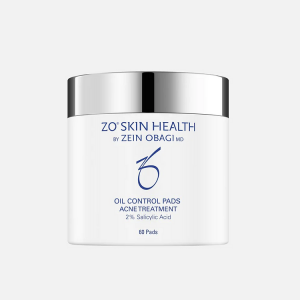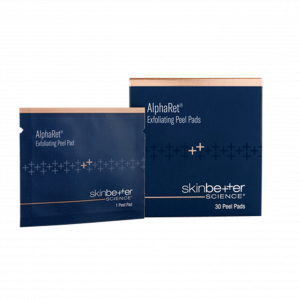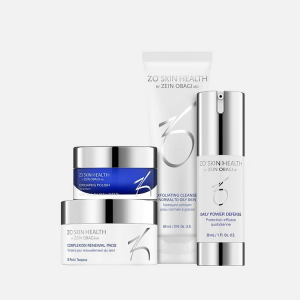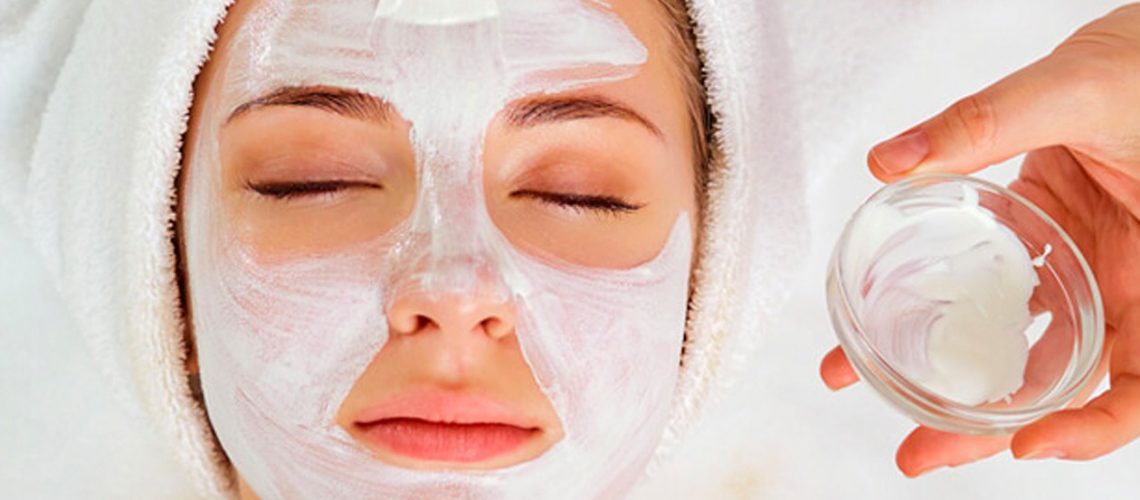If you want to see a reduction in wrinkles, acne, acne scarring and skin damage, you’ll want to consider getting a chemical peel. A peel consists of substances like glycolic acid or salicylic acid applied to your face, neck or hands. The idea is that the chemicals cause the old skin to fall away and remove the dead skin cells, dirt, and other pore-clogging substances. As this layer is shed, signals are sent to the new skin cells below that it’s their turn to lead, making your skin appear younger and fresher.
Depending on your desired results, the peel can be performed at different strengths and depths. The amount of time the peel solution stays on your skin depends on the strength and type of peel. Mild peels neutralize themselves after a certain period — often 10-20 minutes — but stronger peels need a neutralizing solution to make them stop working.
For effective long-term results, peels should be done as a series of multiple treatments. Light peels should be repeated in one to four-week intervals and medium peels repeated every six to 12 months.
These are the top 5 reasons you need to know about light to medium chemical peels and why a chemical peel may be the best option for you and your skin issue.
1. Reduce fine lines and wrinkles
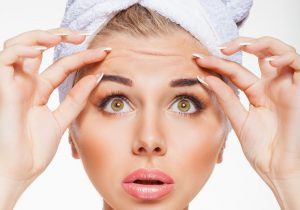 The most common reason for patients to get a chemical peel is to reduce fine lines and wrinkles that appear due to ageing. A light peel can help to remove these blemishes. The new skin beneath the old layer is smoother and more even in texture and tone making you look more radiant, not to mention younger.
The most common reason for patients to get a chemical peel is to reduce fine lines and wrinkles that appear due to ageing. A light peel can help to remove these blemishes. The new skin beneath the old layer is smoother and more even in texture and tone making you look more radiant, not to mention younger.
The peel can be applied to the face, neck, or hands and the process is quite straightforward. Once your aesthetician cleans your skin so it’s free from oil and makeup the chemical peel solution is applied to the skin with a light brush or wand and over a short period it causes a mild blistering effect. Eventually, this outermost skin layer peels away. As the old layer of skin is shed, this stimulates the new layer of skin to produce collagen, the substance that keeps your skin firm, supple, and vibrant. The more collagen that’s produced the more skin becomes replenished with smoother youthful skin.
A light peel may be enough to accomplish this but your clinician will be able to advise if a moderate peel may be necessary to achieve your goal.
2. Remove dark spots
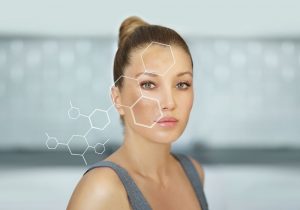 Age spots are areas that develop brown or grey pigmentation due to sun exposure. A medium chemical peel is an effective way to help reduce or remove age spots, freckles, and dark patches to even out the pigmentation of your skin. While a light chemical peel only reaches the epidermis (the outermost skin layer), a medium chemical peel reaches the superficial layer of the dermis, the layer just underneath. enabling the removal of the layer of skin that is hyperpigmented. The result is a cleaner, more even skin tone. The chemical peel can remove old skin cells and reveal skin cells that haven’t been damaged. The type of peel used, its concentration, the number of coats, and the duration of the treatment are the main factors that influence the effectiveness of the treatment which may need to be repeated over several months to achieve maximum effectiveness.
Age spots are areas that develop brown or grey pigmentation due to sun exposure. A medium chemical peel is an effective way to help reduce or remove age spots, freckles, and dark patches to even out the pigmentation of your skin. While a light chemical peel only reaches the epidermis (the outermost skin layer), a medium chemical peel reaches the superficial layer of the dermis, the layer just underneath. enabling the removal of the layer of skin that is hyperpigmented. The result is a cleaner, more even skin tone. The chemical peel can remove old skin cells and reveal skin cells that haven’t been damaged. The type of peel used, its concentration, the number of coats, and the duration of the treatment are the main factors that influence the effectiveness of the treatment which may need to be repeated over several months to achieve maximum effectiveness.
3. Minimize Acne and Acne scars
 A superficial or medium chemical peel can help remove acne scars. The peel serves as an exfoliator by removing dead skin cells on the surface. The removal of the outer layer promotes your skin’s ability to produce the structural protein collagen, which helps fill in your acne scars. A good peel will aid in unclogging pores to help prevent future breakouts from occurring. In our Medium peels, we use Azelaic acid to treat acne, and other skin imperfections, such as crêpe skin. For the desired damage reversal, you might need two or more medium peels spaced out over a few months. For reducing acne scars a medium peel is required, but reducing acne outbreaks can be achieved with a lighter peel. An additional benefit of the lighter chemicals is they naturally neutralise and continue to linger in the pores after treatment helping to keep the skin free of infectious agents.
A superficial or medium chemical peel can help remove acne scars. The peel serves as an exfoliator by removing dead skin cells on the surface. The removal of the outer layer promotes your skin’s ability to produce the structural protein collagen, which helps fill in your acne scars. A good peel will aid in unclogging pores to help prevent future breakouts from occurring. In our Medium peels, we use Azelaic acid to treat acne, and other skin imperfections, such as crêpe skin. For the desired damage reversal, you might need two or more medium peels spaced out over a few months. For reducing acne scars a medium peel is required, but reducing acne outbreaks can be achieved with a lighter peel. An additional benefit of the lighter chemicals is they naturally neutralise and continue to linger in the pores after treatment helping to keep the skin free of infectious agents.
4. Reduce sun damage
 Exposure to UV rays from the sun accelerates the appearance of aged skin. UV rays ultimately cause the skin’s DNA makeup to change and there are plenty of lasting, and potentially dangerous, side effects that come with it. The dangers of sun damage include slower cell renewal, the creation of unhealthy cells, premature ageing and potential skin cancer. A chemical peel’s main function is to remove damaged skin cells that hold on to pigmentation and encourage skin cells to replenish at a faster and more efficient rate. By removing damaged skin cells, chemical peels reduce the risk of future problems such as skin cancer, improve your skin’s overall texture, appearance and tone and create a more youthful appearance.
Exposure to UV rays from the sun accelerates the appearance of aged skin. UV rays ultimately cause the skin’s DNA makeup to change and there are plenty of lasting, and potentially dangerous, side effects that come with it. The dangers of sun damage include slower cell renewal, the creation of unhealthy cells, premature ageing and potential skin cancer. A chemical peel’s main function is to remove damaged skin cells that hold on to pigmentation and encourage skin cells to replenish at a faster and more efficient rate. By removing damaged skin cells, chemical peels reduce the risk of future problems such as skin cancer, improve your skin’s overall texture, appearance and tone and create a more youthful appearance.
5. Additional benefits.
 After a chemical peel, you might think you’ve upgraded your skincare products because they’re working so much better than they used to. In reality, they’re the same products, but there are now no dead skin cells blocking their penetration, so they become more effective.
After a chemical peel, you might think you’ve upgraded your skincare products because they’re working so much better than they used to. In reality, they’re the same products, but there are now no dead skin cells blocking their penetration, so they become more effective.
To get the maximum benefit from your treatments implement an at-home medical-grade skincare regime. Our Zo and Norel products provide a complete range for all skin types.
Evaluation, Risks & Recovery
Good candidates
You’re typically a good candidate if you have lighter skin. If you have darker skin, you can still benefit from a chemical peel, but it may cause discolouration and uneven pigmentation after the treatment. The chemical peel also doesn’t help with skin sags, severe wrinkles, or deeper scars.
Risks
Chemical peels come with a set of risks depending on your skin. They can cause permanent darkening or lightening of your skin. They can also lead to scarring and infection, and they can even reactivate the herpes zoster virus. Seek your Clinicians advice before you have the treatment to make sure that you are undergoing the best treatment for your skin, never be afraid to ask questions our practitioners are here to help and give you the information you need to make a fully informed choice.
Recovery
Following the procedure, your skin will have to go through a recovery process. It will be more vulnerable to sunlight (see our suncare range specifically for this), and therefore must be protected until it is completely healed. The depth of the peel will determine how long it will take your skin to heal. A superficial chemical peel can heal in one to seven days. A medium chemical peel will fully heal within a few weeks.

